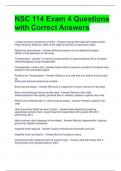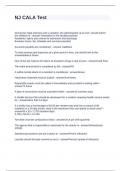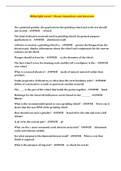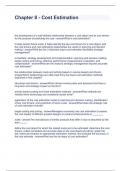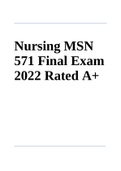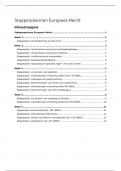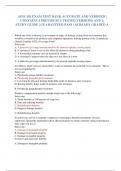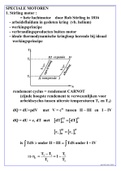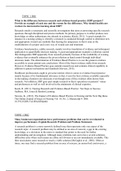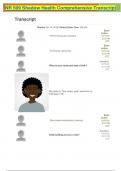Exam (elaborations)
NSC 114 Exam 4 Questions with Correct Answers
- Course
- Institution
NSC 114 Exam 4 Questions with Correct Answers Lumbar puncture: positioning of client - Answer-Lateral with head bent toward chest, knees flexed to abdomen, back at the edge of the bed or examination table Abdominal paracentesis - Answer-Relieves pressure on the abdominal organs Obtain a fluid ...
[Show more]
